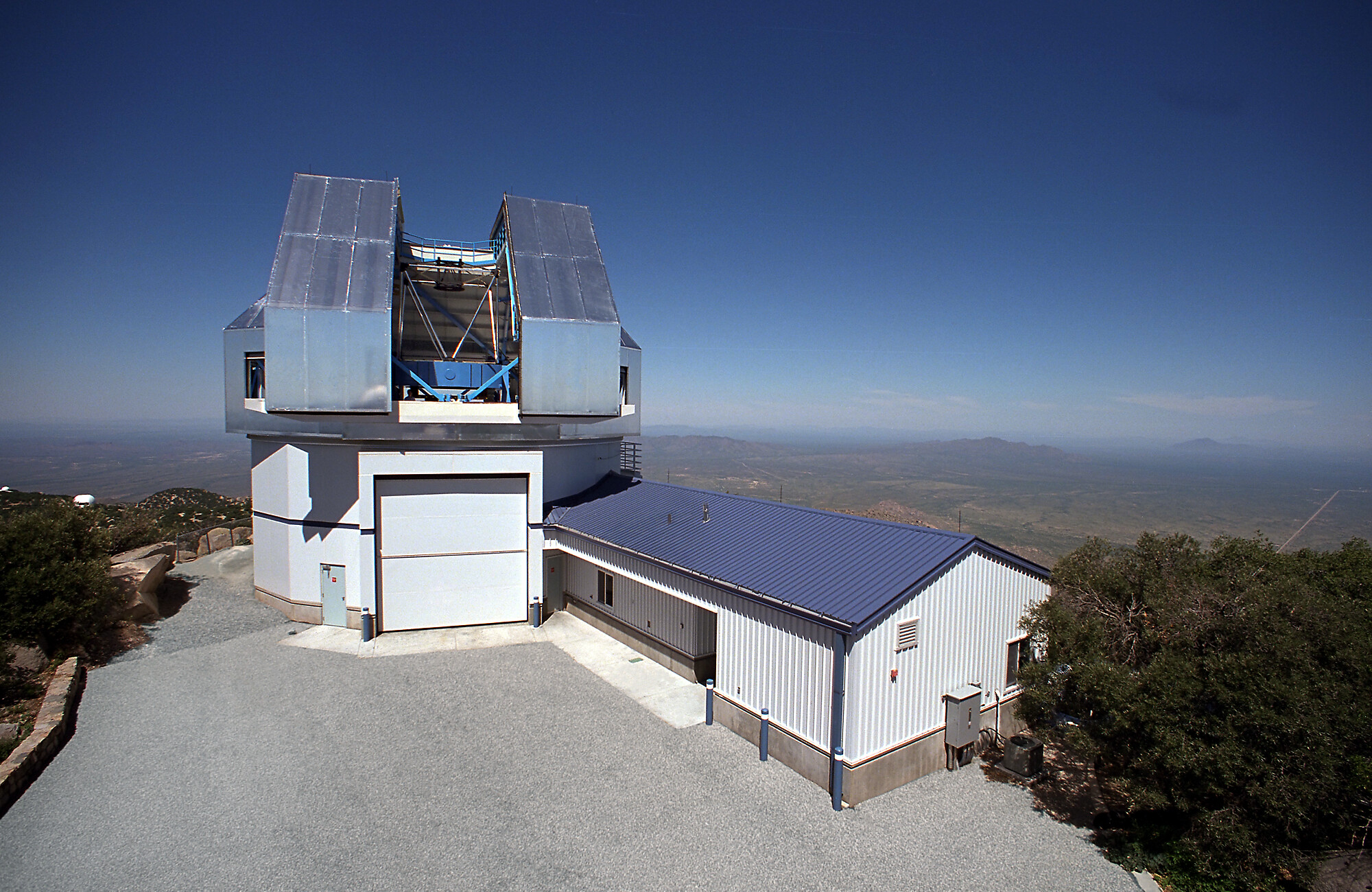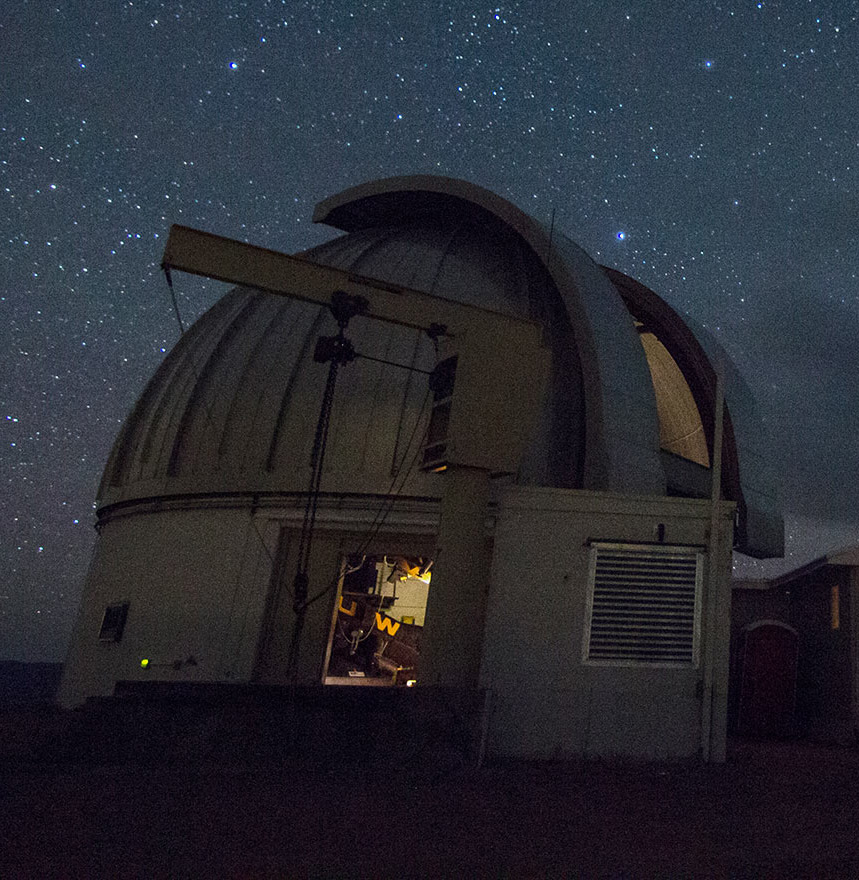Indiana University is a partner in the WIYN telescope consortium which operates a 3.5-meter telescope atop Kitt Peak southwest of Tucson, AZ. As a founding member of the WIYN Consortium, department has access to more than 60 nights of observing time on the 3.5-m telescope each year.
Astronomy department has access to a variety of facilities to support research and teaching




 The College of Arts
The College of Arts